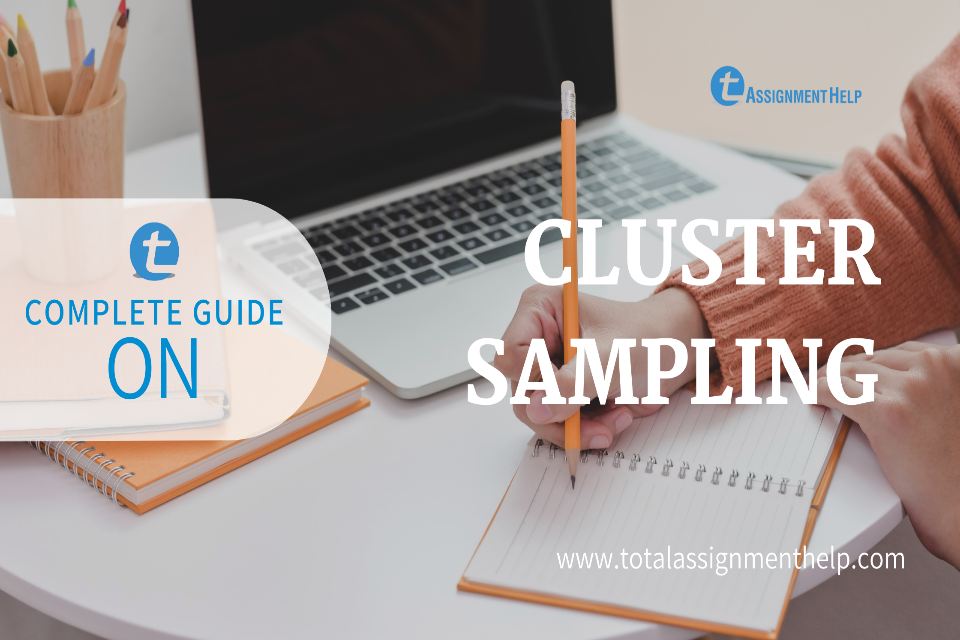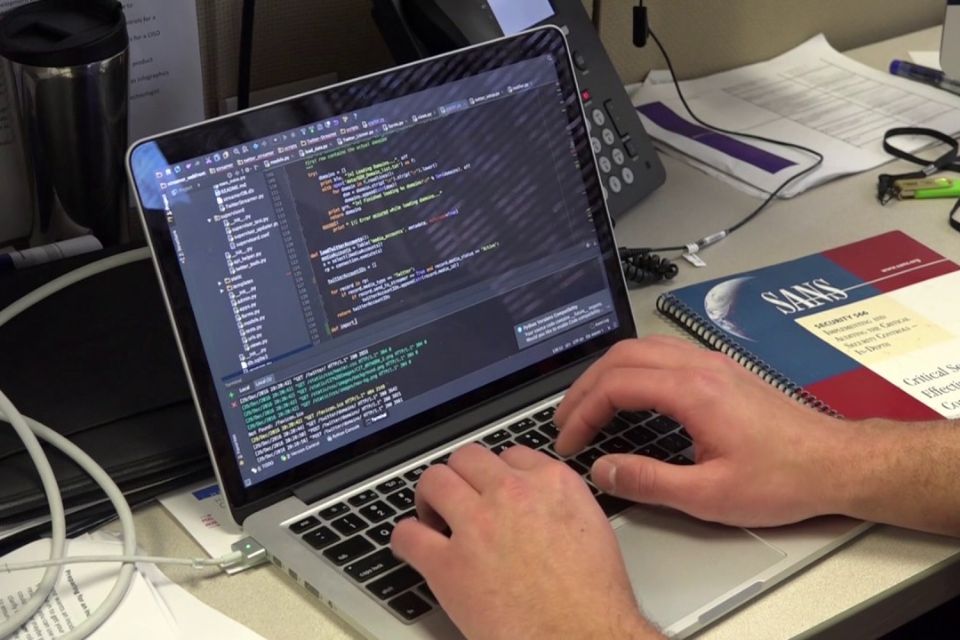A Complete Guide on Cluster Sampling

The cluster sampling process entails splitting a target population into progressively smaller groups or clusters. Then, the sample is built from randomly selected samples.
A common probability sampling technique, cluster sampling, is generally used to examine large populations, especially widely dispersed populations. Typically, pre-existing entities are used as clusters, such as colleges or towns.
How to conduct Cluster sampling?
Single-stage cluster sampling is one of the most common types of cluster sampling. It consists of four important phases.
Example:
You’re curious about the average time the city’s seventh-graders spend reading.
Obtaining a list of all the students for the seventh standard and collecting data from a random sample scattered over the town. However, listing out all the schools in the town and using a subset of students to collect data would be simple. As a result, you choose the cluster sampling technique.
1. Defining the population: Similar to other forms of sampling, the population must be defined that one wants to research.
Example
Your reading programme study population is all of your city’s seventh graders.
2. Dividing the sample into clusters: Clustering is perhaps the most crucial stage of the sampling process. The clustering quality and how they mirror the larger population influence the reliability and validity of the conclusion. Your clusters should reflect the following characteristics:
ü Ensure to have a diversified population in each cluster. Ensure to check if every cluster should mirror each distinct feature of the target population.
ü Each cluster’s attribute must be comparable to the overall population.
x When combined, the cluster should make up for the total population.
x There shouldn’t be any overlapping of clusters (Units or participants should not be assigned to more than one group.)
In theory, every cluster of your experiment must be a complete mirror of the bigger target population to help generalise the results. Clusters, however, might not always completely represent the attributes of the target population; thus, this decreases the statistical validity.
Clusters should be more homogenous than the broader population because they are typically formed naturally, like colleges, towns, or residences. Nevertheless, it is something to keep in mind when conducting research, as it can impact the validity of the results.
Example
The seventh graders are clustered according to the school they attend. To address the entire populace, each school in the city must be included. Since each kid goes to only one school, there is no overlapping.
3. Random cluster selection: Simple random sampling can be simulated when the clusters are selected randomly if your clusters completely mirror every attribute of the target population. It will help to enhance the validity of the results. Even if the clusters do not mirror every conceivable attribute of the target population, random sampling can help gather data from different clusters while also providing a comprehensive view of the population.
Example:
Each school is given a number, and a random sample is chosen using a random number generator.
The size of your sample determines the number of clusters you pick. It will also require the projected size of the complete population of students in the seventh grade in schools across the city, your chosen interval and confidence level, and your best estimate of the standard deviation of reading levels for the seventh graders.
After that, you estimate the needed sample size with a sample size calculator.
4. Gather information from the sample: Now the research is conducted, and the data is gathered from each unit in the chosen clusters.
Example:
You randomly evaluate the reading skills of every student in class seven from the schools that you selected.
Multi-stage cluster sampling
Instead of conducting research from each unit in the defined clusters, you use multi-stage cluster sampling to select units randomly from the clusters as your sample.
The input from these individual units may then be gathered— also called double-stage sampling.
You may even continue with this process, obtaining progressively smaller random samples. It is called multi-stage sampling.
When testing the complete cluster is impossible or too expensive, you should utilise this approach.
Example
Rather than gathering data from each student in the seventh grade from the shortlisted schools, you refine your sample down in two further steps:
- You choose a sample of seventh-grade classrooms at random from each school.
- You choose a group of pupils at random from those classes.
The resulting sample is substantially smaller, making data collection much easier.
Cluster Sampling: Pros vs Cons
Cluster sampling is popular because of its real benefits; however, it has certain statistical validity issues.
Pros
ü Cluster sampling saves money and effort, especially for samples distributed across a vast geographic region that would be difficult to sample accurately.
ü Since the clusters are chosen at random in cluster sampling, if a proper cluster of the target population is done correctly, the results will have high external validity if the sample is representative of the target population.
Cons
x Internal validity is worse when more clustering steps are utilised than simple random sampling.
x If the clusters do not reflect the population, it won’t be easy to produce proper results using the selected clusters.
x Cluster sampling needs much more forethought than other sampling methods.
Frequently Asked Questions
What do you mean by cluster sampling?
Ans. In a probability sampling approach, cluster sampling splits a population into groups and then chooses a sample from each cluster at random.
What are the different types of cluster sampling?
Ans. Here are the most common types of cluster sampling methods employed by researchers.
- single-stage sampling,
- double-stage sampling and
- Multi-stage sampling.
What is meant by multi-stage sampling?
Ans. Multi-stage sampling involves repeated random sampling items from the cluster till you achieve a sample size.
Total Assignment Help
Incase, you are looking for an opportunity to work from home and earn big money. TotalAssignmenthelp Affiliate program is the best choice for you.
Do visit :https://www.totalassignmenthelp.com/affiliate-program for more details
Total Assignment help is an assignment help Online service available in 9 countries. Our local operations span across Australia, US, UK, South east Asia and the Middle East. With extensive experience in academic writing, Total assignment help has a strong track record delivering quality writing at a nominal price that meet the unique needs of students in our local markets.
We have specialized network of highly trained writers, who can provide best possible assignment help solution for all your needs. Next time you are looking for assignment help, make sure to give us a try.
Looking for Assignment Help from Top Experts ?
Get the best Assignment Help from leading experts from the field of academics with assured onetime, 100% plagiarism free and top Quality delivery.



